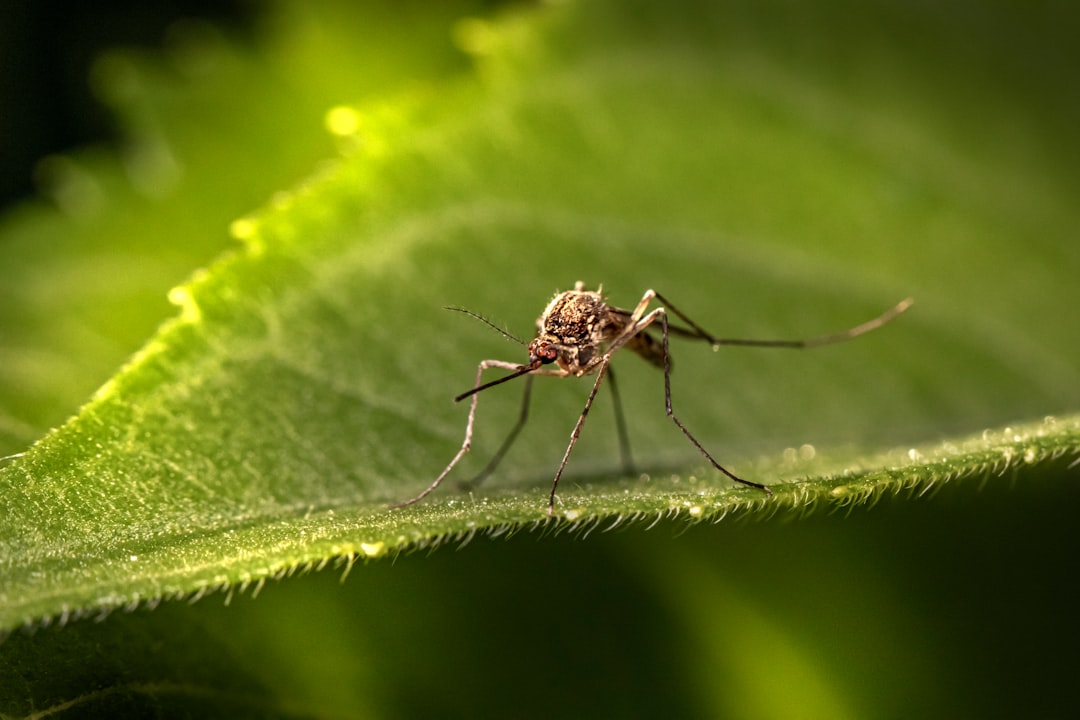What is it about?
Breast cancer is the most prevalent cancer in women around the world, having a sudden spread nowadays because of the poor sedentary lifestyle of people. Comprising of several subtypes, one of the most dangerous and aggressive ones is triple-negative breast cancer or TNBC. Even though conventional surgical approaches like single and double mastectomy and preventive chemotherapeutic approaches are there, but they are not selective to cancer cells and are only for symptomatic treatment. A new branch called nanotechnology has emerged in the last few decades that offer various novel characteristics such as size in nanometric scale, enhanced adherence to multiple targeting moieties, active and passive targeting, controlled release, and site-specific targeting. Among various nanotherapeutic approaches like dendrimers, lipid-structured nanocarriers, carbon nanotubes, etc. nanoparticle targeted therapeutics can be termed the best among all for their specific cytotoxicity to cancer cells and increased bioavailability to a target site. This review focuses on the types and molecular pathways involving TNBC, existing treatment strategies, various nanotechnological approaches like exosomes, carbon nanotubes, dendrimers, lipid, and carbon-based nanocarriers, and especially various nanoparticles (NPs) like polymeric, photodynamic, peptide conjugated, antibody-conjugated, metallic, inorganic, natural product capped and CRISPR based nanoparticles already approved for treatment or are under clinical and pre-clinical trials for TNBC
Featured Image

Photo by Vincent Botta on Unsplash
Why is it important?
Nanotechnology holds immense promise in the realm of anaplastic thyroid cancer (ATC) primarily due to its potential to revolutionize diagnosis, treatment, and monitoring strategies. ATC, notorious for its aggressive nature and resistance to conventional therapies, necessitates innovative approaches for improved outcomes. Nanoparticle-based drug delivery systems offer precise targeting of cancerous cells while minimizing systemic toxicity, potentially enhancing the efficacy of chemotherapy or radiation therapy. Furthermore, nanoscale imaging techniques enable early detection of ATC lesions, facilitating prompt intervention. Additionally, nanosensors could enable real-time monitoring of therapeutic response and disease progression, allowing for timely adjustments in treatment regimens. Overall, integrating nanotechnology into the management of ATC holds the promise of enhancing both diagnosis and treatment modalities, potentially improving patient outcomes and survival rates.
Perspectives
Scientific research has given us several Nanoparticle formulations for the treatment of TNBC suppressing individual or cross-talking between various pathways responsible for TNBC progression by suppressing angiogenesis and tumor mass. Technologies like antibody-targeted nanoparticles have given us more precise molecular targets. CRISPR targeted nanoparticles are being investigated to remove the faulty genes responsible for specific proto-oncogene mutation in TNBC, thus not only making the individual cancer-free but also protecting the next generation from carrying those faulty genes, giving us a huge promise to completely remove cancer from the progeny. Exotic approaches are also being made for treatment. TNBC resistance could be overcome by immune cell-targeted NPs. Furthermore, cell membrane-coated NPs are regarded as potential payloads for TNBC therapies and may contribute to treat resistant cancers. Cell membrane-coated NPs can deliver precise quantities of therapeutic drugs to TNBC while avoiding activation of the immune system. SDDS can cause drug release in the TME and selectively transport drugs; hence, they might be utilized as possible payloads for TNBC therapy. We think that bio-inspired NPs and SDDS will play major roles in the identification and creation of tailored therapy for TNBC, significantly overcoming existing cancer therapeutic limitations. Even though we've come a long way, still several agents are yet to be discovered. Currently, what we have needs extensive formulation studies to improvise them and combine them with NPs.
Mr Lahanya Guha
Read the Original
This page is a summary of: Nanotechnological Approaches for the Treatment of Triple-Negative Breast Cancer:
A Comprehensive Review, Current Drug Metabolism, December 2022, Bentham Science Publishers,
DOI: 10.2174/1389200223666220608144551.
You can read the full text:
Resources
Contributors
The following have contributed to this page










